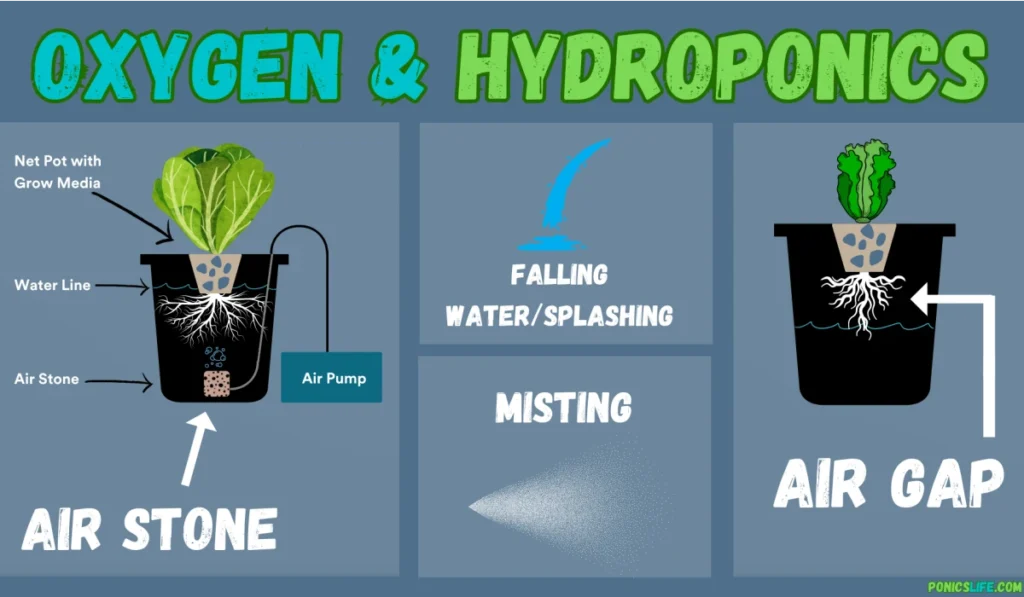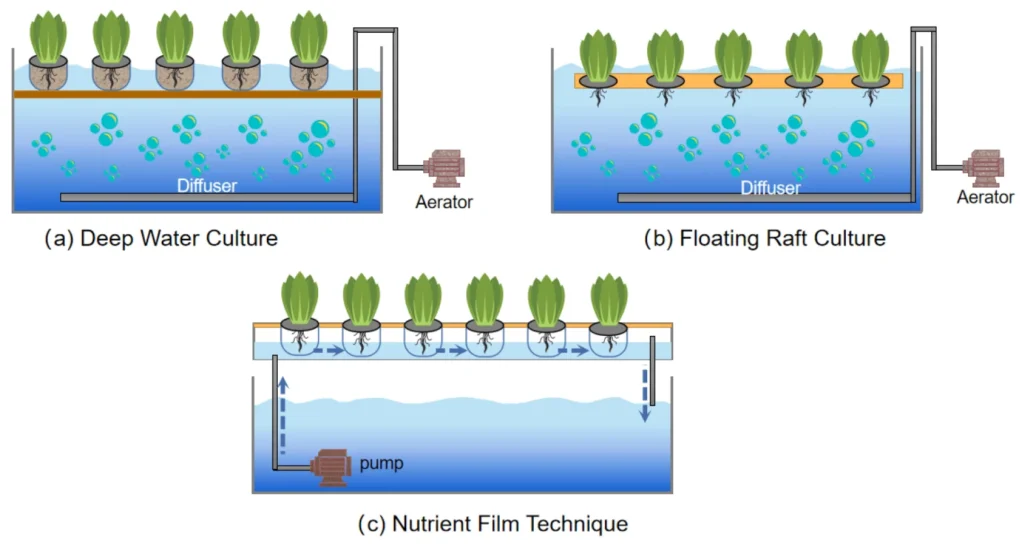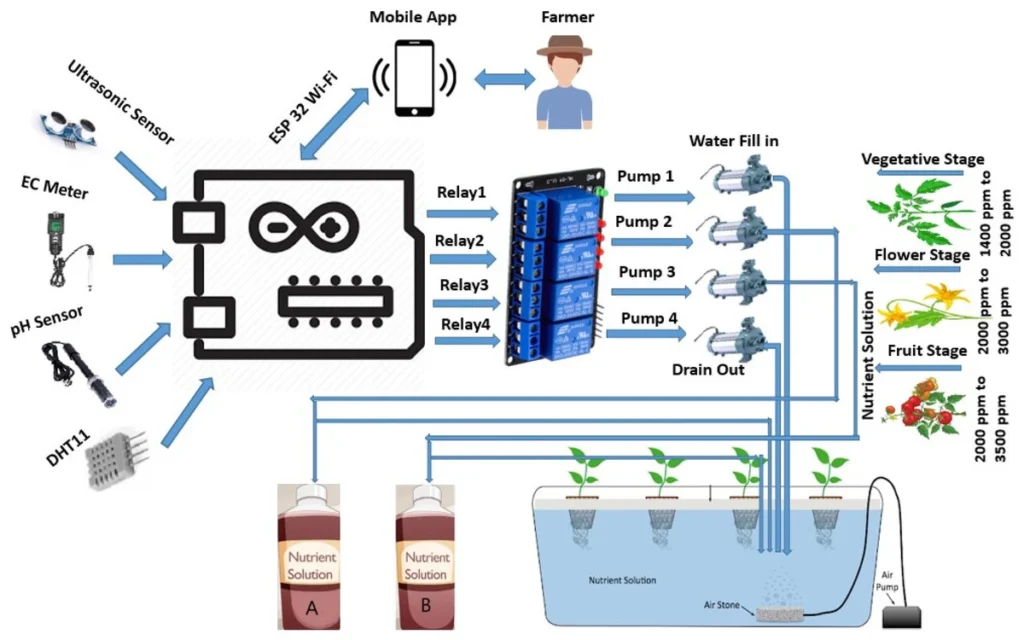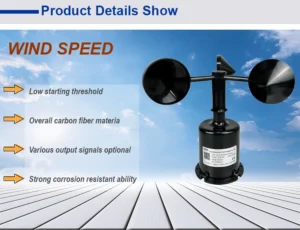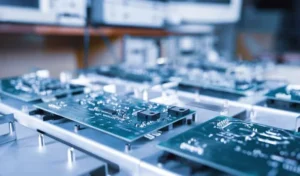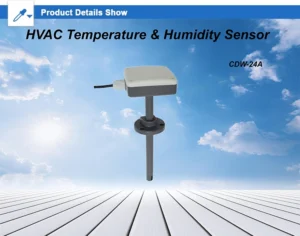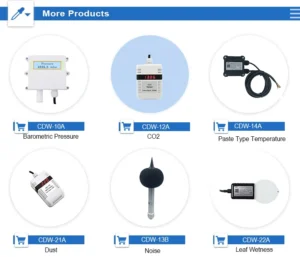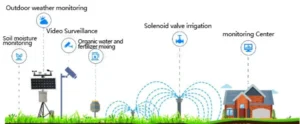Monitoring Water Levels in Hydroponic Systems: Solutions and Best Practices
Overview of Hydroponics and Water Monitoring
Hydroponics is a way to grow plants without soil. It uses a water solution with nutrients to give plants what they need. In these systems, maintaining proper water levels is critical for achieving healthy growth and maximizing productivity. This piece examines efficient methods and useful advice for tracking water levels in hydroponic systems.
The Importance of Water Level Monitoring in Hydroponics
Water serves as the foundation of any hydroponic system. Proper monitoring ensures that plants receive the optimal balance of water and nutrients while preventing overwatering, underwatering, or nutrient imbalances. Poor water management could lead to plant stress, hindered growth, or root damage due to waterlogging. Regular monitoring also enables early detection of potential issues, allowing growers to implement timely corrective actions.
Factors Influencing Water Level Monitoring
1. Type of Hydroponic System
Each hydroponic system requires tailored water management strategies. A deep water culture (DWC) system needs steady water levels. The water should cover the roots partially but allow for oxygen. On the other hand, nutrient film technique (NFT) systems use a steady flow of water. It is important to check both flow rates and water levels. Understanding your specific system’s requirements is essential for effective monitoring.
2. Nutrient Solution Concentration
Tracking water levels also involves maintaining the right concentration of nutrients in the solution. As water evaporates over time, nutrient concentrations can increase, potentially harming plants. Measuring electrical conductivity (EC) regularly helps ensure the solution remains balanced. Add fresh water or nutrients as needed to maintain the recommended composition and avoid deficiencies or toxicities.
Popular Methods for Tracking Water Levels
1. Systems with Float Valves
Float valve systems are a widely used method for keeping water levels consistent in hydroponic systems. These valves connect to a water source and a reservoir, automatically regulating the water level. As water levels drop, the float valve opens. It lets fresh water in until someone restores the desired level. Then, it shuts off the flow. This hands-free solution is particularly efficient for larger setups where consistent water levels are challenging to maintain manually.
2. Automated Water Level Sensors
Technology has brought significant advancements in water level monitoring with the introduction of automated sensors. Install these sensors in reservoirs or growing containers to track water levels continuously. A central control system gets real-time data. It can trigger actions like alerts or pump activation if levels go outside set limits. Automated sensors minimize human error and ensure precise management, promoting healthy plant growth and system efficiency.
Best Practices for Water Level Monitoring in Hydroponics
1. Conduct Regular Inspections
Daily inspections of water levels and overall system functionality are a vital part of hydroponic maintenance. Check for consistent water levels within acceptable ranges and look for signs of leaks, blockages, or other irregularities. Additionally, routinely measure nutrient solution concentration and make adjustments when necessary to sustain an ideal growing environment.
2. Calibrate Equipment Periodically
For growers using automated sensors, consistent calibration is essential to ensure accuracy. You must calibrate sensors according to the manufacturer’s guidelines or through professional services if needed. Accurate data from these sensors enables precise control over water and nutrient delivery, benefiting plant health.
3. Implement Backup Systems
To protect against unexpected problems like power outages or equipment failures, think about adding backup options. You could use secondary float valves or battery-powered systems for automated sensors. Backup systems help maintain stability in water levels during emergencies, reducing the likelihood of disruptions to plant growth.
Hydroponic gardening requires careful attention. Monitoring water levels is very important. It helps ensure plants get what they need to grow well. By using the right tools, knowing system needs, and following best practices, growers can improve their chances of success. This also helps reduce risks linked to poor water management.
4. Data Analysis and Record keeping
Maintain detailed records of water level measurements alongside other relevant data, such as temperature and humidity. This collective information is valuable for identifying trends and optimizing water usage. Through careful analysis, growers can make well-informed decisions about adjusting water levels, refining nutrient solution composition, and enhancing the system’s efficiency over time.
In summary, effective water level monitoring plays an essential role in hydroponic systems to promote optimal plant growth and productivity. By employing appropriate techniques, following best practices, and leveraging advanced monitoring tools, growers can ensure stable water levels and create the ideal conditions for plants to flourish in a soilless environment.
